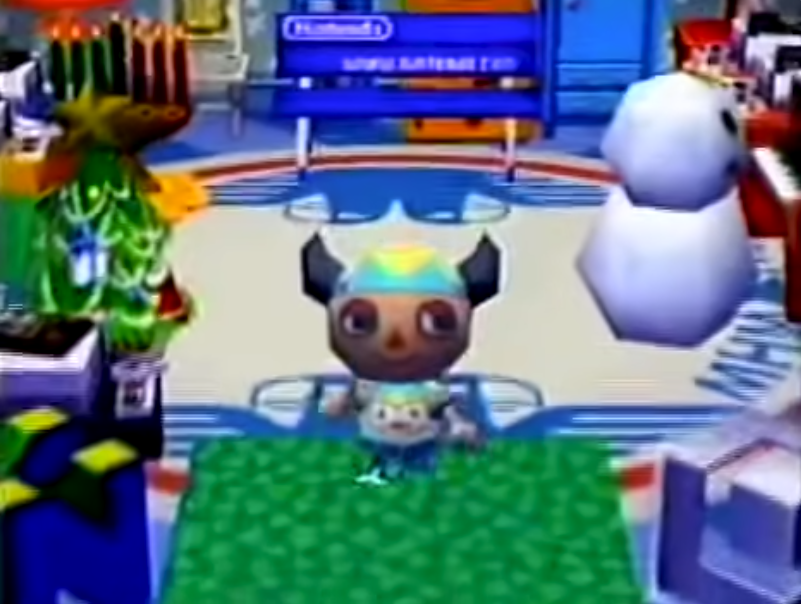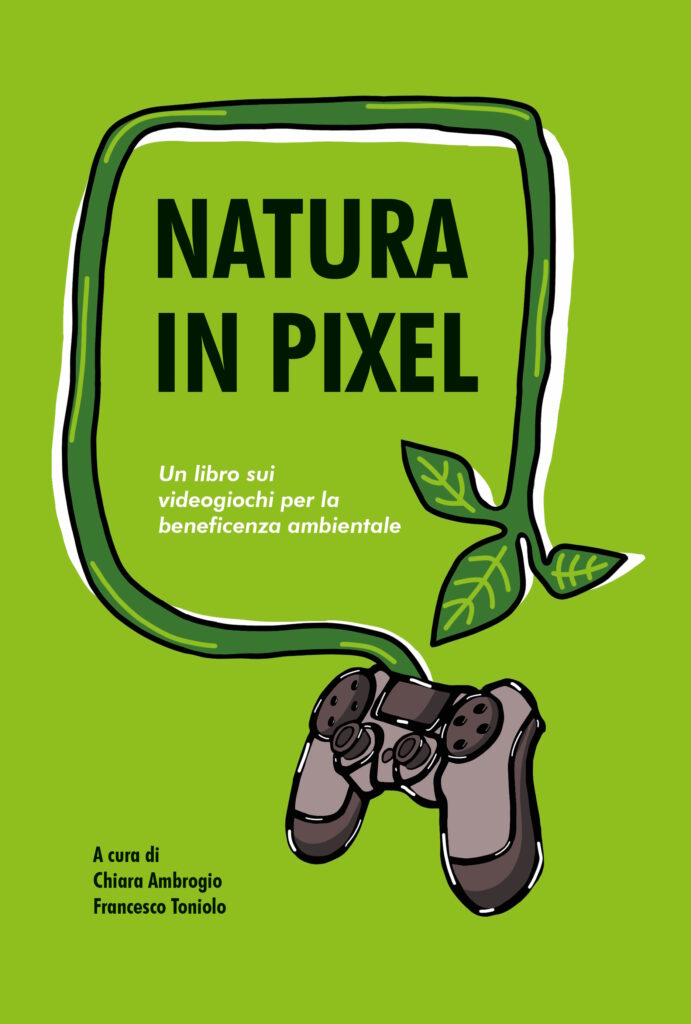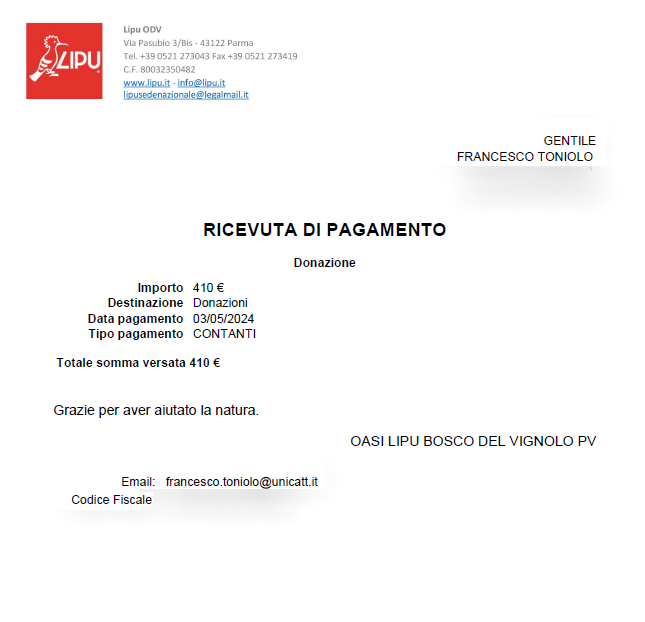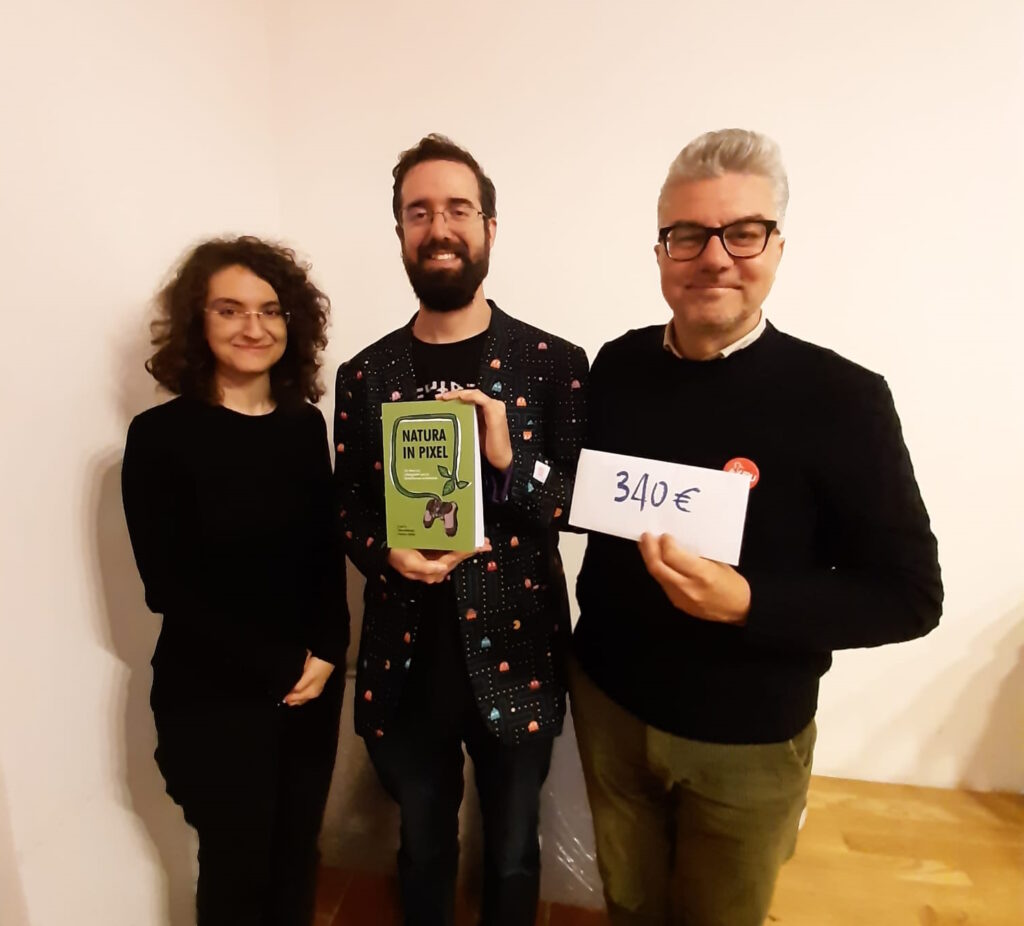Garfield Kart – Furious Racing è uno dei miei videogiochi preferiti.
Ogni tanto mi capita di dare questa risposta, in giro.
Oppure cito Monster High: Una nuova mostramica a scuola.
In queste risposte c’è una parte di trolling, ma solo una parte. Molto più piccola di quel che forse qualcuno pensa.
Non sono, certo, esperienze paragonabili ad altri videogiochi che ho sempre amato e che cito tra i miei preferiti, come Dark Souls, Mass Effect, Diablo II, vari The Legend of Zelda e altri.
Eppure, con Garfield Kart – Furious Racing mi diverto sempre con grande gusto. E anche con il citato gioco delle Monster High, ma magari di quello parlerò in un’altra occasione.
Volevo pertanto parlarne un po’.
E, già che ci siamo, ricordare che ci si può tranquillamente divertire anche con qualcosa di imperfetto, senza doversene vergognare. Basta avere un po’ di consapevolezza. Anzi, è un buon esercizio di auto riflessione per capire che cosa ci attrae e che cosa è “importante”. Non sempre le due cose vanno di pari passo.
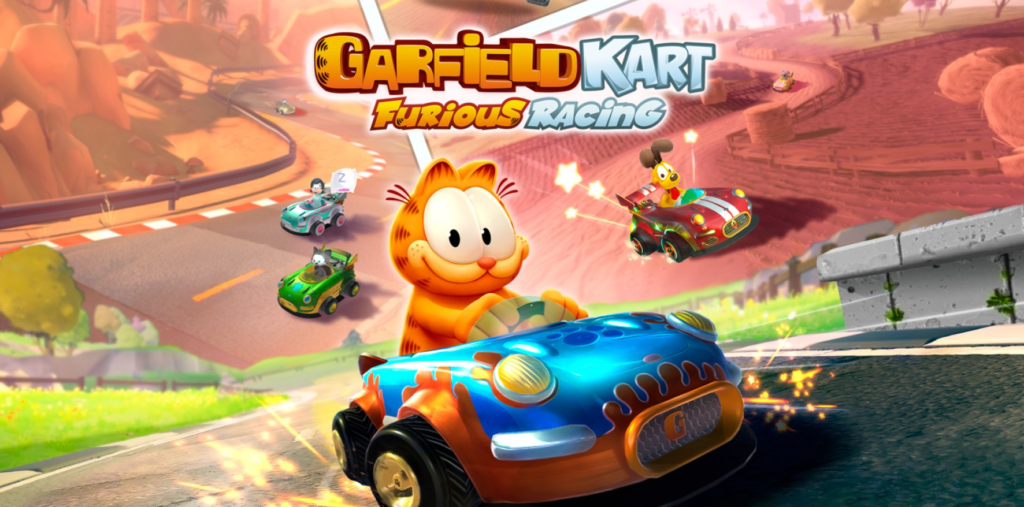
Cos’è Garfield Kart
Cominciamo con qualche informazione di carattere generale. Garfield Kart – Furious Racing è il remake (anche se al tempo venne promosso come un seguito) del precedente Garfield Kart, che era stato sviluppato da Artefacts Studio e pubblicato nel 2013. Nel 2019, sempre realizzato dallo stesso team, è uscito Furious Racing. Quest’ultimo aggiunge diversi contenuti, ha una nuova veste grafica, cambia alcune funzioni legate al controllo dei veicoli e modifica gli shortcuts dell’originale, aggiungendo anche un nuovo oggetto necessario per certe scorciatoie (se ne parlerà in seguito). Qui di seguito mi soffermerò su Furious Racing e basta. Segnalo solo che alcuni dei seguenti discorsi valgono anche per l’originale (per esempio il comportamento della community) mentre altri si applicano solo a questo.
Senza grandi sorprese, ci si trova davanti a un videogioco di corse coi kart. Sedici piste divise in quattro coppe. Tre difficoltà (50cc, 100cc e 150cc). Modalità Cronometro e possibilità di scegliere singole corse. Single player e multiplayer. I personaggi selezionabili sono otto: Garfield, Odie, Jon, Nermal, Arlene, Liz, Harry e Squeak. Ciascuno di loro ha dei parametri differenti. È possibile personalizzare il personaggio scegliendo kart, alettone e cappello, con diversi bonus non solo legati alle statistiche del mezzo (velocità massima, accelerazione e controllo) ma anche all’uso degli oggetti. Si può sperimentare la combinazione che si vuole, ma ogni personaggio riceve un bonus da uno specifico set. Per cui, se si vuole ottenere questo non indifferente bonus aggiuntivo, bisogna optare per il kart, l’alettone e il cappello che corrispondono a quello specifico personaggio. Scelta che avviene molto frequentemente.
Fatte queste brevi premesse, vediamo subito cosa c’è di interessante da poter dire su questo videogioco.
Andare TROPPO veloci
Voglio iniziare subito con quello che è per me l’aspetto più divertente e – a suo modo – riconoscibile di Garfield Kart – Furious Racing: la velocità eccessiva e incontrollabile. Andare troppo veloci in questo videogioco può rivelarsi un malus, soprattutto se il proprio personaggio è poco controllabile. Anche i personaggi veloci ma con una discreta manovrabilità soffrono però di questo problema. “Soffrono” e “problema” non sono forse nemmeno i termini giusti, perché tutto ciò genera gare adrenaliniche, momenti comici e sorpassi assurdi. Tuttavia, non è di certo qualcosa che viene in aiuto di chi volesse prendere seriamente il gioco.
Jon e Liz sono due dei personaggi capaci di raggiungere la massima velocità possibile, cosa che genera situazioni perlomeno bizzarre. Se si prende un dosso a velocità troppo elevata ci si trova catapultati fuori dalla pista, a grande distanza dal circuito, a volte sballando anche il punto di respawn e a volte consentendo dei tagli assurdi. Oppure, più prosaicamente, ci si schianta contro un muro alla massima velocità e si continua ad accelerare per un po’, rendendo più lunga la retromarcia. Questo soprattutto perché sia Jon sia Liz uniscono questa altissima velocità a una scarsa manovrabilità.
Il terzo personaggio che può raggiungere la velocità massima, il gatto Harry, è un po’ più controllabile, ma ha anche una bassa accelerazione, per cui raggiunge più difficilmente quei picchi, visto che basta poco per essere colpiti. Molti consigliano invece di giocare con il cane Odie, che è comunque molto veloce (un po’ meno di Harry, Jon e Liz) ma possiede un’altissima accelerazione e una buona manovrabilità (e un cappello con un ottimo bonus). Anche personaggi con una minore velocità massima, come Nermal o Squeak, possono comunque volare come razzi se utilizzano una lasagna o qualche altro boost al momento giusto (o sbagliato, dipende dai punti di vista).
Per sottolineare l’ambivalenza di tutto ciò, metto qui questi due video. Uno con una serie di “fail” bizzarri. L’altro che mostra come sfruttare la massima velocità anche in punti impensati (le ultime shortcuts che mostrano).
E, a proposito di salti e scorciatoie, c’è un oggetto curioso nell’arsenale di Garfield Kart – Furious Racing.
La molla e il puzzle
Gli oggetti utilizzabili in Garfield Kart – Furious Racing sono in generale quel che ci si aspetterebbe di trovare in un videogioco coi kart, sebbene ci siano alcune eccezioni degne di nota. Tra gli oggetti “standard” ci sono le torte (i gusci verde e rosso dei Mario Kart), il profumo (la stella dell’invincibilità), la lasagna (il fungo che offre un boost di velocità), il cuscino (il fulmine) e la gemma maledetta (la bob-omba). Il famosissimo e temuto guscio blu di Mario Kart ha anch’esso un corrispettivo, leggermente diverso: un trio di dischi volanti che vola a bloccare il passaggio di chi sta in prima posizione. La principale differenza è che, se si centra il raggio verde degli alieni evitando i due rossi, non si viene rapiti (e rallentati).
La bacchetta magica è un po’ più particolare: se centra un avversario, consente di scambiarsi di posto con lui. Non è facile farla andare a segno, ma quando ci si riesce l’effetto è buono. L’oggetto più interessante è però un altro. La molla. È possibile piazzarla dietro di sé come trappola, similmente alle classiche banane di Mario Kart, oppure utilizzarla su di sé per fare un salto in alto. Non fornisce un boost di velocità e, pur venendo presentata come una mossa difensiva contro altri oggetti, è difficile trovare il tempismo esatto.
È invece interessante scoprire che certe shortcuts sono accessibili solo con la molla. Di per sé non è certo una novità. Anche in Mario Kart serve un fungo per alcune scorciatoie e questo è tornato poi anche in altri videogiochi del genere. In Garfield Kart – Furious Racing rimangono sempre scorciatoie da prendere con una lasagna (o un altro boost). Se ne trova una già nella prima pista, in cui è possibile tagliare un pezzo di strada lanciandosi in un vicolo laterale pieno di fanghiglia. Senza un boost, ci si ritrova impantanati.
Sempre il primo livello contiene anche un’altra scorciatoia, che risulta invece inaccessibile nonostante tutte le lasagne del mondo, perché la stradina è sbarrata da una serie di transenne. Serve una molla per poterle superare. Un oggetto da usare con cautela perché, considerando l’alta velocità di cui si è parlato, non è certo impossibile andare a schiantarsi da qualche parte.
L’utilizzo competitivo della molla è aleatorio. Bisogna trovarne una al momento giusto, altrimenti può non valere la pena conservarla a lungo, evitando di utilizzare altri oggetti nel mentre. Quando si gioca da soli c’è però un incentivo che spinge a sperimentare ogni shortcut possibile e a scoprire i segreti dei tracciati: i pezzi dei puzzle. Ogni circuito ne contiene tre. Alcuni sono quasi impossibili da mancare, altri sono ben nascosti e richiedono diversi tentativi prima di essere trovati e raccolti. Spesso si trovano in punti accessibili solo con una molla.
Purtroppo i puzzle non sbloccano nulla di significativo. Il loro completamento permette solo di ottenere delle generiche immagini di Garfield. È comunque possibile ottenere (e poi potenziare) dei cappelli e degli alettoni, man mano che vengono completate le diverse coppe.
Non è un gioco di Garfield
So che può sembrare strano, ma Garfield Kart – Furious Racing è solo incidentalmente un videogioco di Garfield. Ora, è bene partire da un assunto di fondo: i videogiochi di kart hanno già alla base una certa genericità. Tanti livelli presenti nei vari Mario Kart – alla base – non sono così legati a Super Mario. Viene tuttavia messa in atto una strategia di ridefinizione e personalizzazione. Con un po’ di funghi in giro, dei Toad che fanno il tifo a bordo pista, una statua di un Goomba e qualche altra amenità, ecco che un generico tracciato si lega molto di più al mondo di Super Mario. Per cui, nella serie di Mario Kart, ci sono livelli immediatamente riconoscibili e altri più generici, ma su cui è stato comunque fatto questo lavoro.
Si potrebbe dire che il confronto sia ingiusto. Prendo allora un altro videogioco che ho giocato sempre su Nintendo Switch: Puffi Kart. Conosco poco i “nuovi” Puffi, per cui potrei aver perso qualche riferimento, ma anche così il gioco presenta diverse piste che richiamano subito a quell’immaginario. Soprattutto nella coppa di Gargamella, in cui si gareggia nei dintorni e all’interno della sua casa. Oltre a questo ci sono tutta una serie di più generiche piste ambientate nei boschi, che però sono comunque rese caratteristiche dalla piccolezza dei Puffi. Insomma, sarebbe difficile prendere quei circuiti e inserirli in un altro gioco di corse.
Non si può dire lo stesso di Garfield Kart – Furious Racing. Per cominciare, ben quattro dei sedici tracciati sono legati all’Egitto e al deserto. Idea carina per una pista legata agli antichi egizi, vista la nota sacralità del gatto presso di loro. Tematicamente parlando, quattro piste così sono un po’ troppo e c’è ben poco di Garfield. Anche in altri livelli si assiste a qualche vaghissimo tentativo di legare quell’ambiente a Garfield, ma non si va oltre il nome e/o qualche immagine sparsa in giro. In molti livelli non avviene nemmeno questo. Piste come la montagna innevata, la spiaggia e la magione infestata potrebbero essere tranquillamente prese e inserite in un altro gioco di kart, senza dover modificare praticamente nulla.
Forse è anche per questo che hanno scritto più e più volte che tutto questo sarebbe ispirato al mondo di Garfield, per portare avanti un’operazione di convincimento. Come si legge sulla pagina Steam: «16 diversi circuiti, tutti rappresentativi del mondo di Garfield» e poco sotto «Tante corse pazze in magnifiche ambientazioni ispirate al mondo di Garfield, come il Lago Roccepallide o la Fabbrica Pastacosi».
La community di Garfield Kart
Le recensioni su Steam, i commenti ai video su YouTube, le discussioni presenti in giro… con Garfield Kart – Furious Racing c’è sempre da ridere. Chi lo paragona alla storia di Halo, chi accusa Nintendo di aver clonato il glorioso gioco di Garfield con il suo Mario Kart, chi inventa creepypasta e chi scrive semplicemente “lasang” o cose del genere. C’è da sbizzarrirsi. Ogni tanto salta fuori anche qualche utente che appare sinceramente perplesso. Il gioco non è così bello – dice l’utente perplesso – perché quindi ci sono così tante recensioni positive? In generale gli viene risposto che è indegno di seguire il Vangelo di Garfield. O si ricorre a un caro, vecchio “git gud”.
Su due piedi, verrebbe da dire che ci si trova davanti a un esempio di so bad, it’s good: così brutto da essere bello. E almeno per certe sue meccaniche è effettivamente così. La velocità dei kart di cui si è parlato sopra, in particolar modo, è ciò che finisce alla fine per rendere stimolante e divertente l’esperienza. Un elemento “rotto”, che dà però gusto al gioco.
L’importante è approcciarvisi con la consapevolezza di non trovarsi davanti al miglior racing game di sempre. Consapevolezza direi molto diffusa. Salvo qualche ingenuo passante, tutti riescono a leggere ciò che c’è dietro all’entusiasmo delle bizzarre recensioni presenti su Steam. A quel punto, immersi nel giusto spirito, è possibile godersi appieno l’esperienza di Garfield Kart – Furious Racing, magari finendo per entrare anche a far parte della sua peculiare community di appassionati. Presto o tardi, si scoprirà così quanto è sottile e poroso il confine tra trolling e vero apprezzamento.
Bisogna anche ricordare che il gioco nasce in un terreno fertile. Garfield è diventato un personaggio fortemente memetico e tutto ciò ha toccato anche i videogiochi. Basta vedere il caso di Bad Monday Simulator (ne ho parlato nel mio libro CTRL+V-ideogiochi. Storie di rifacimenti e parodie nel medium videoludico), una operazione fanmade che ricrea lo scontro con Sans di Undertale, mettendo però in campo Nermal e Garfield (o meglio, Sansfield).
Insomma, abbracciate anche voi Garfield Kart – Furious Racing. Non solo per il meme e for the lulz, ma perché potreste effettivamente divertirvi, più di quel che avreste pensato.
Date una possibilità al pacioccoso micione nemico del lunedì.

